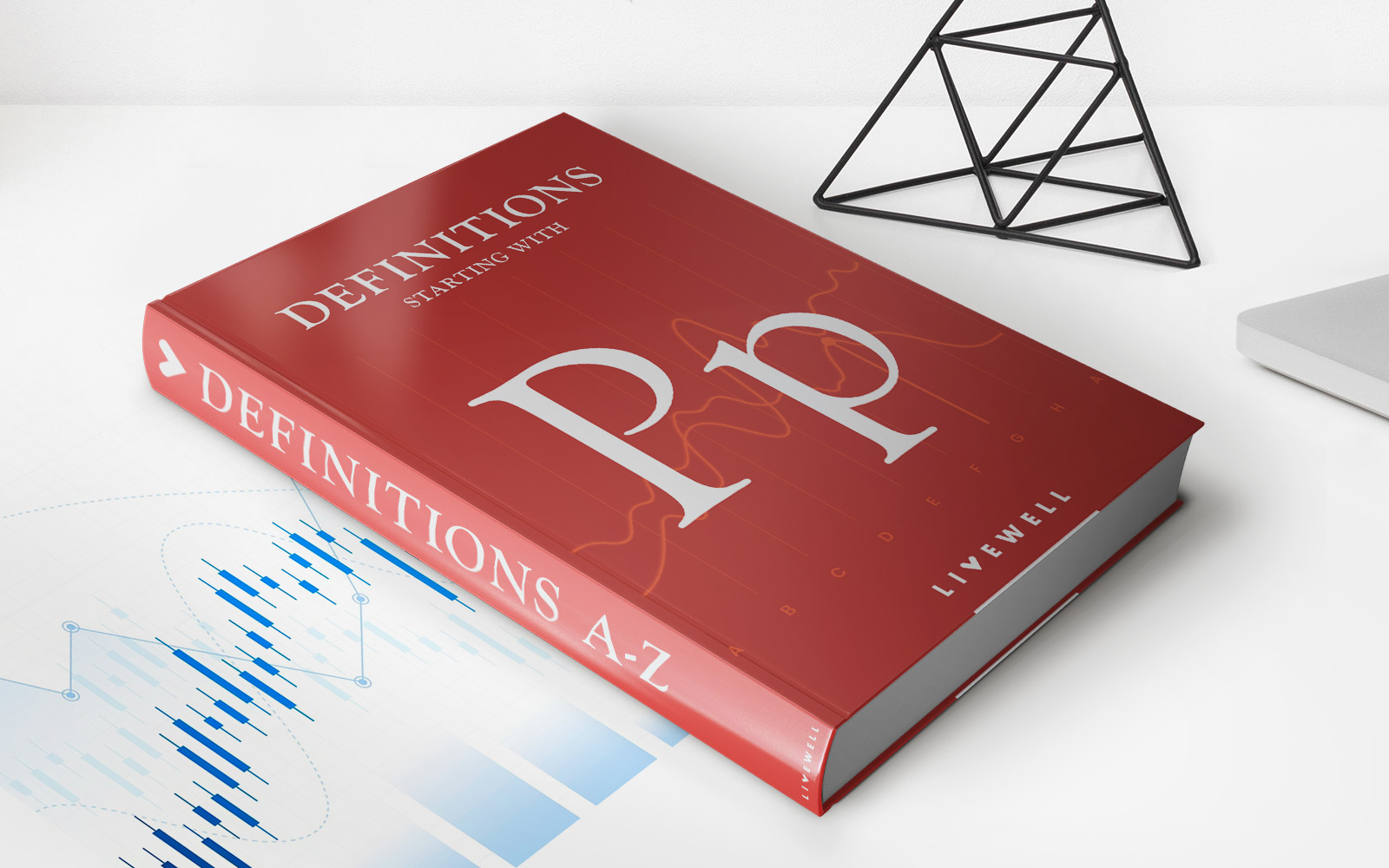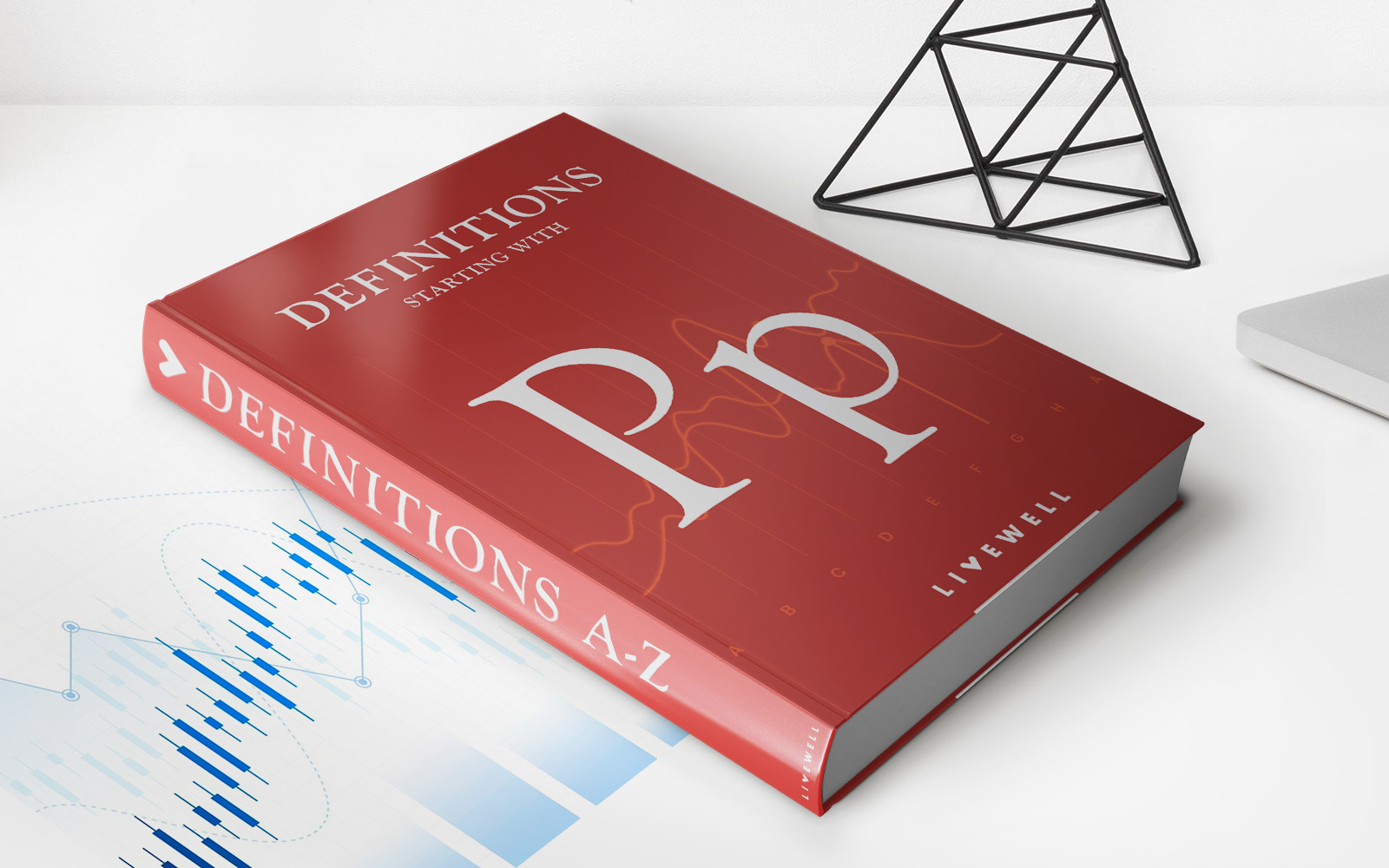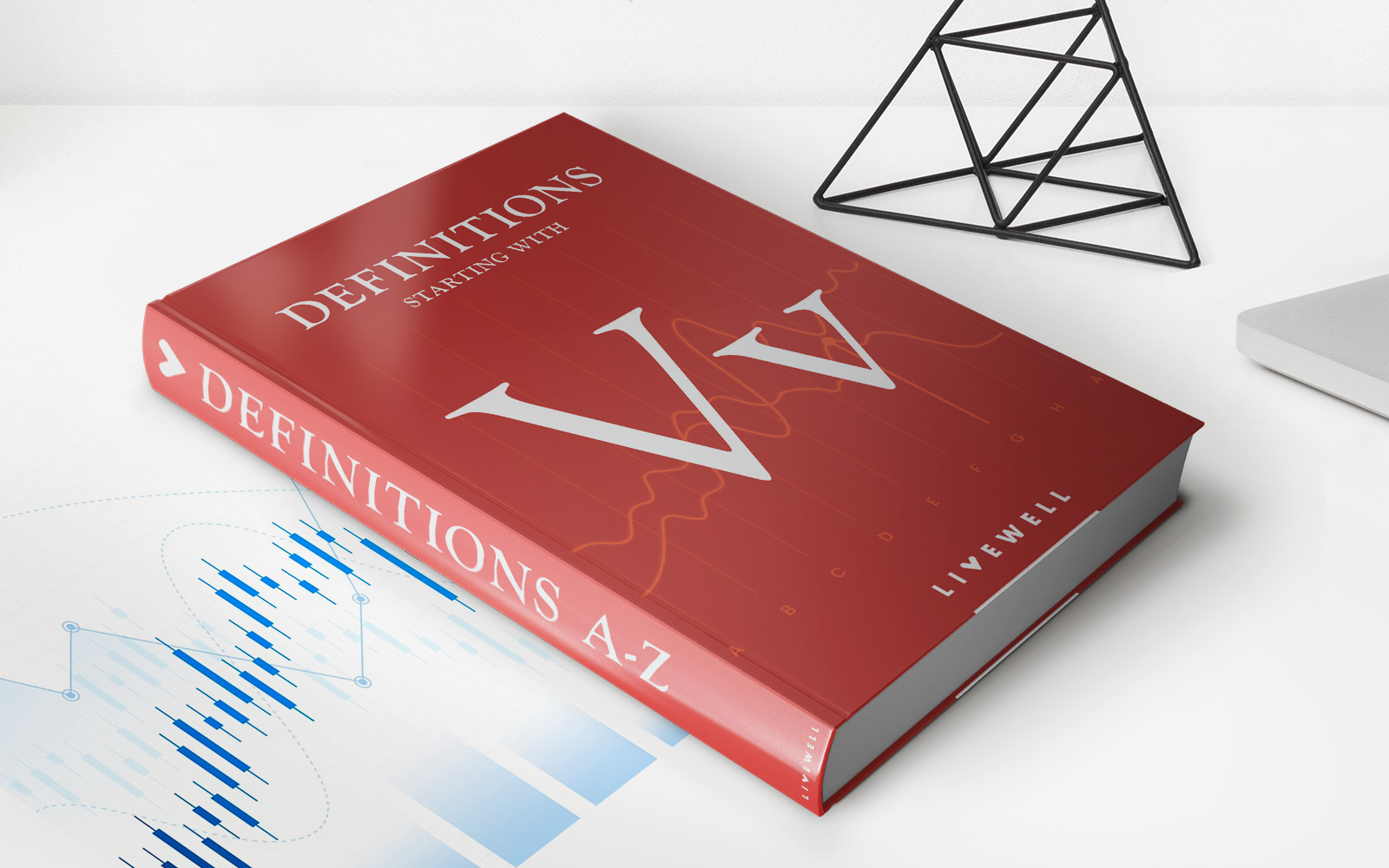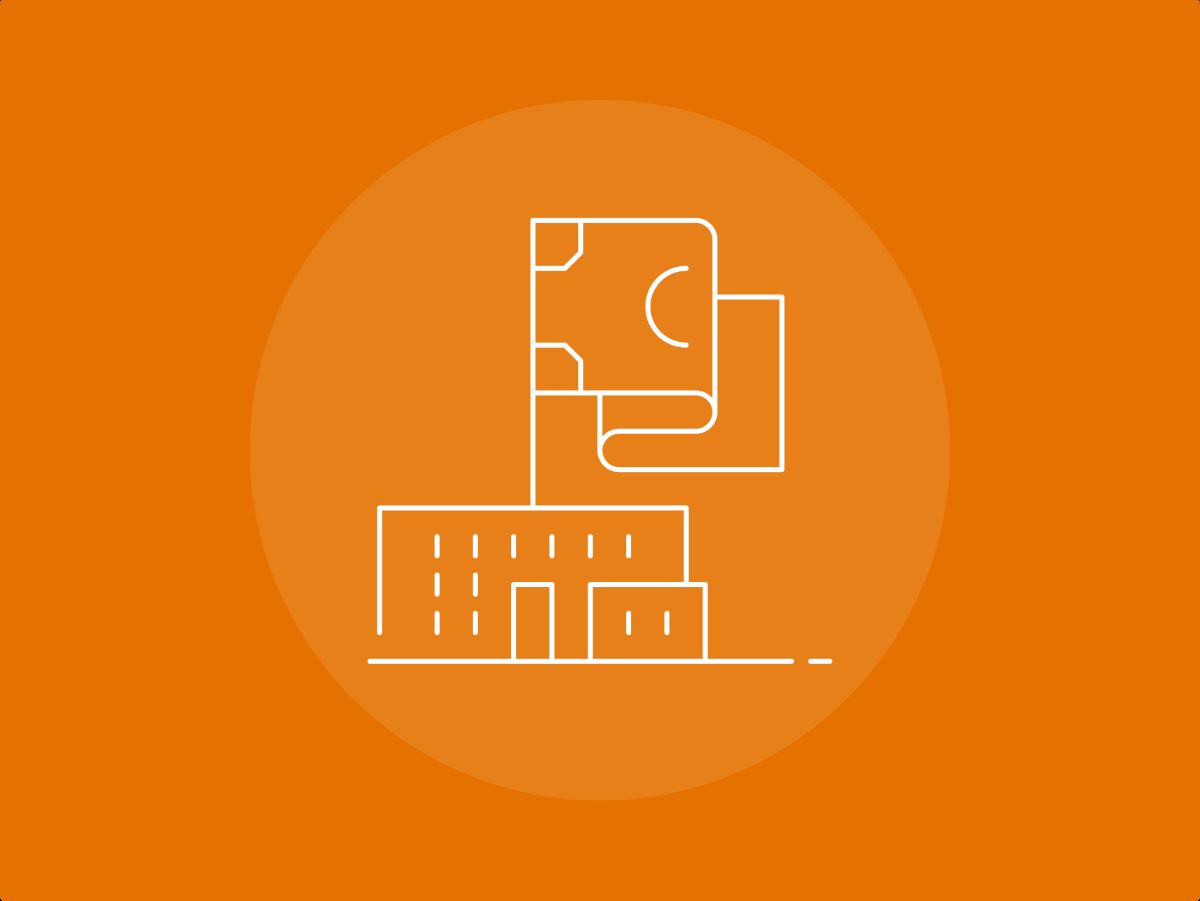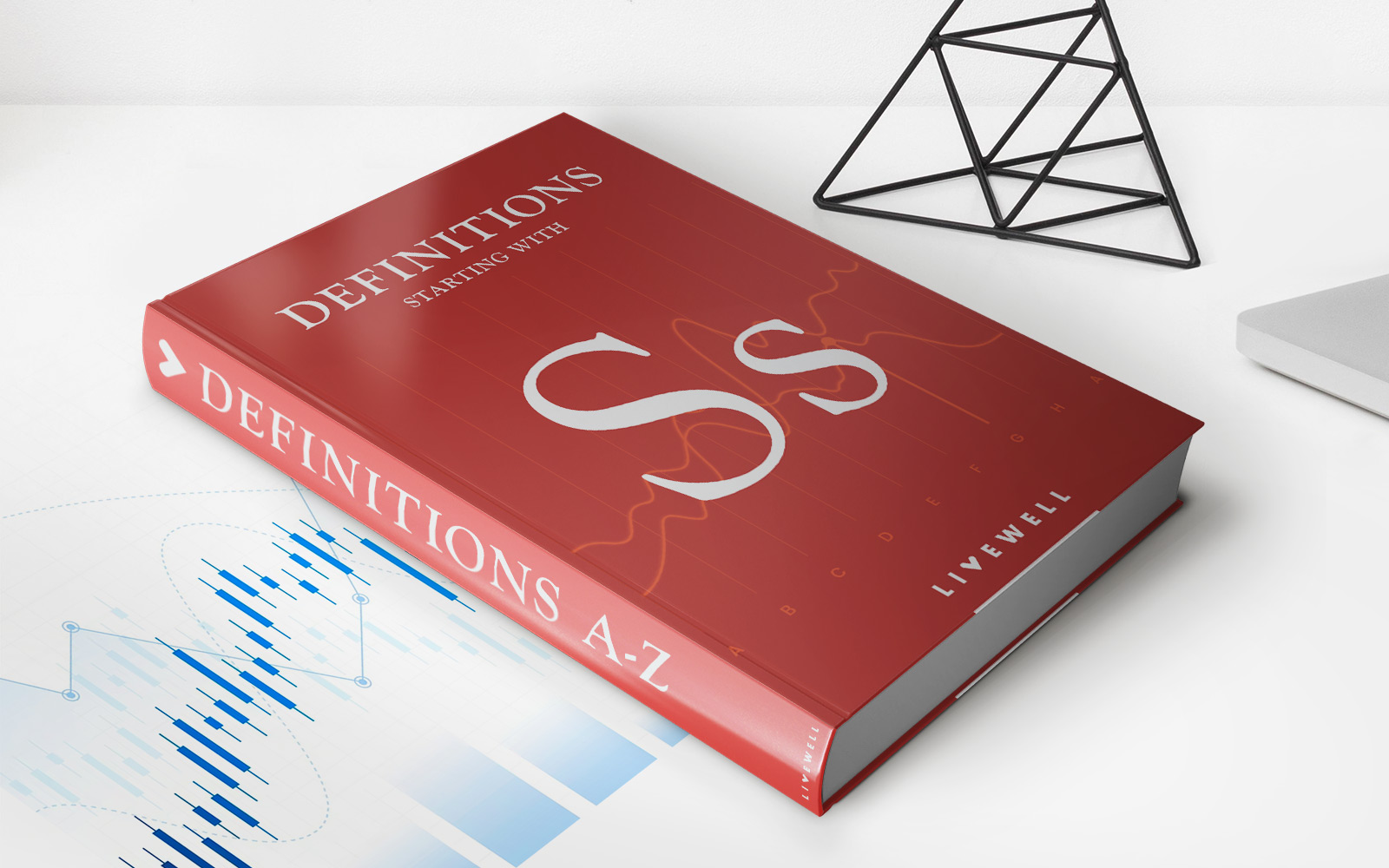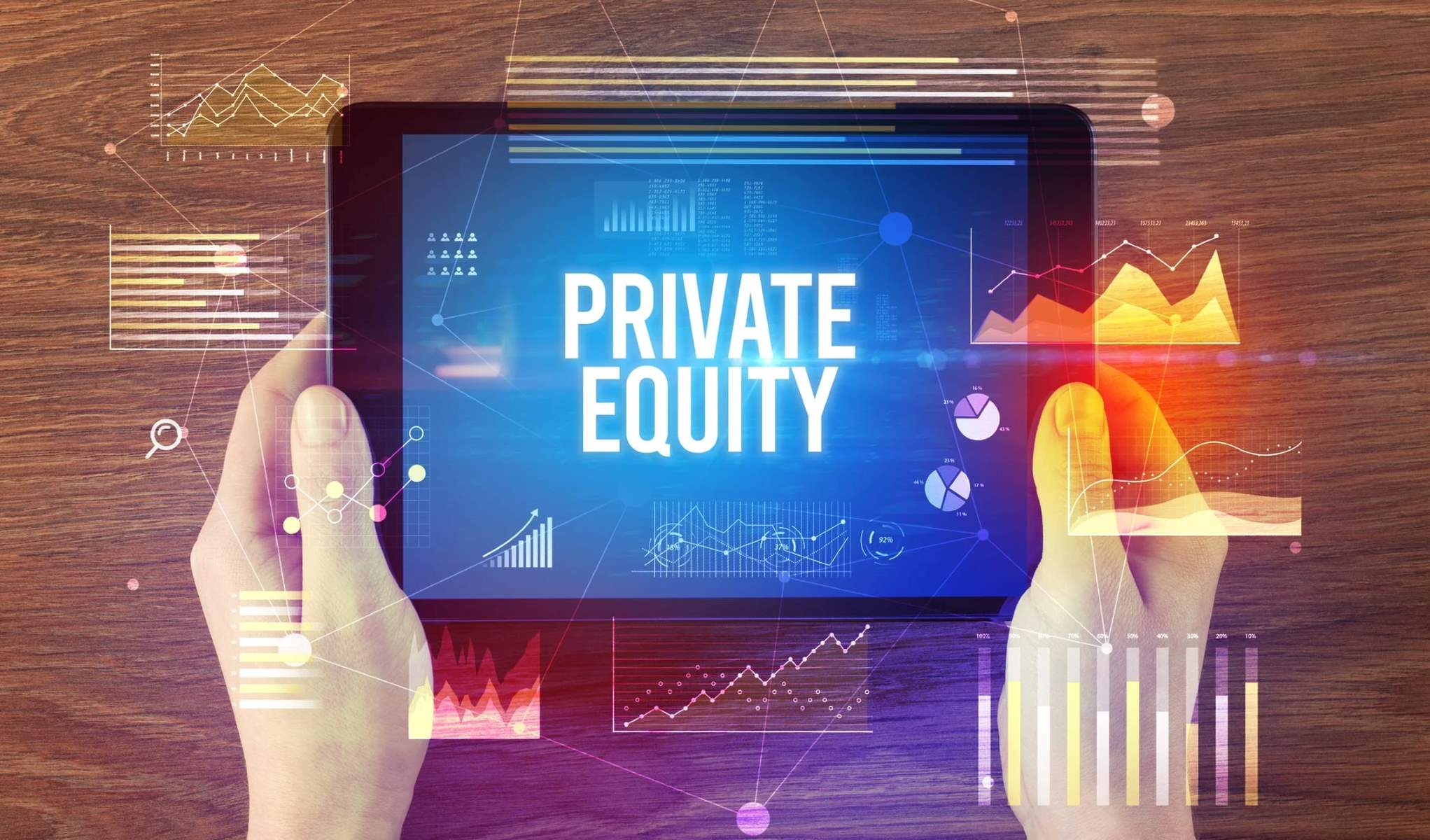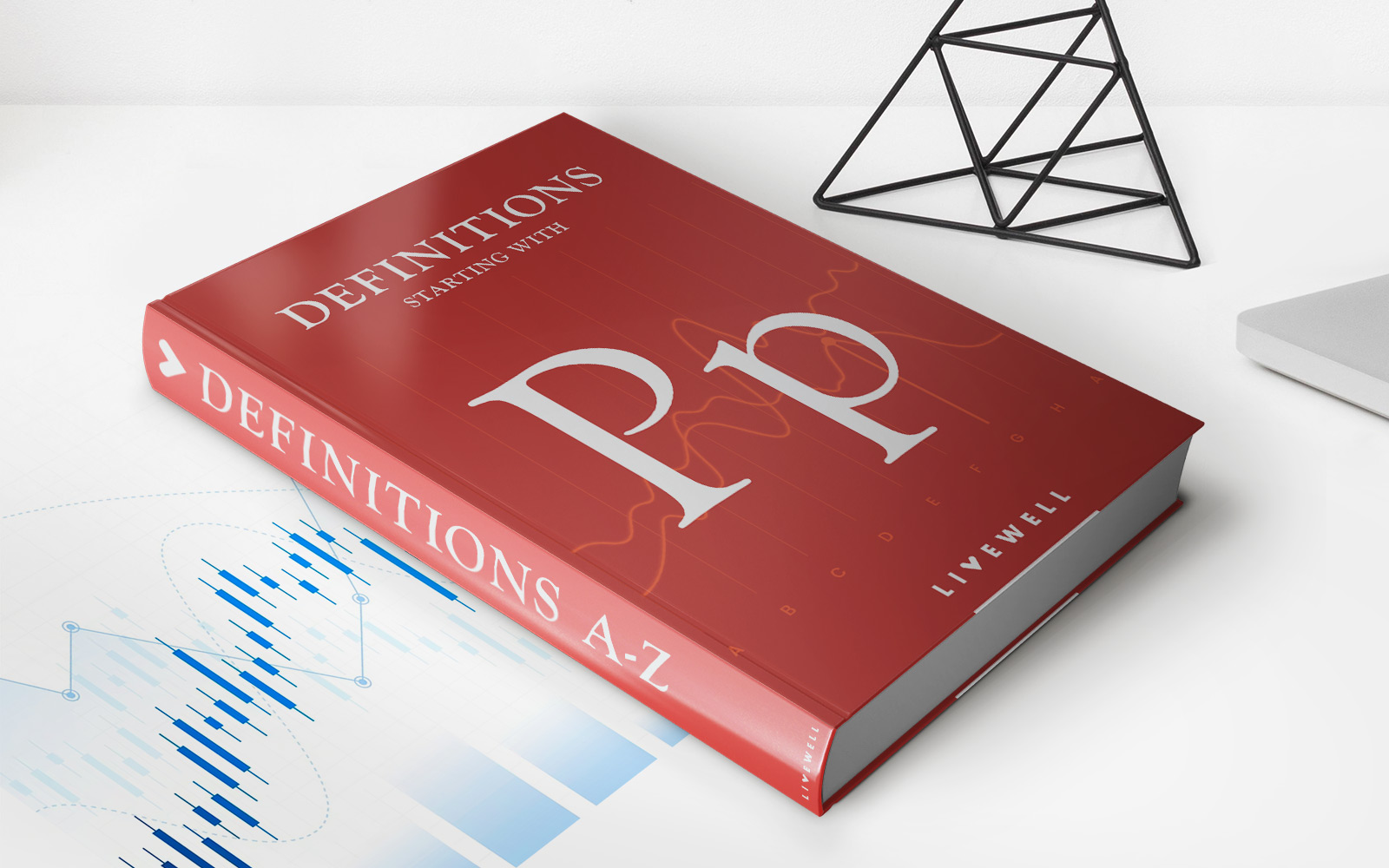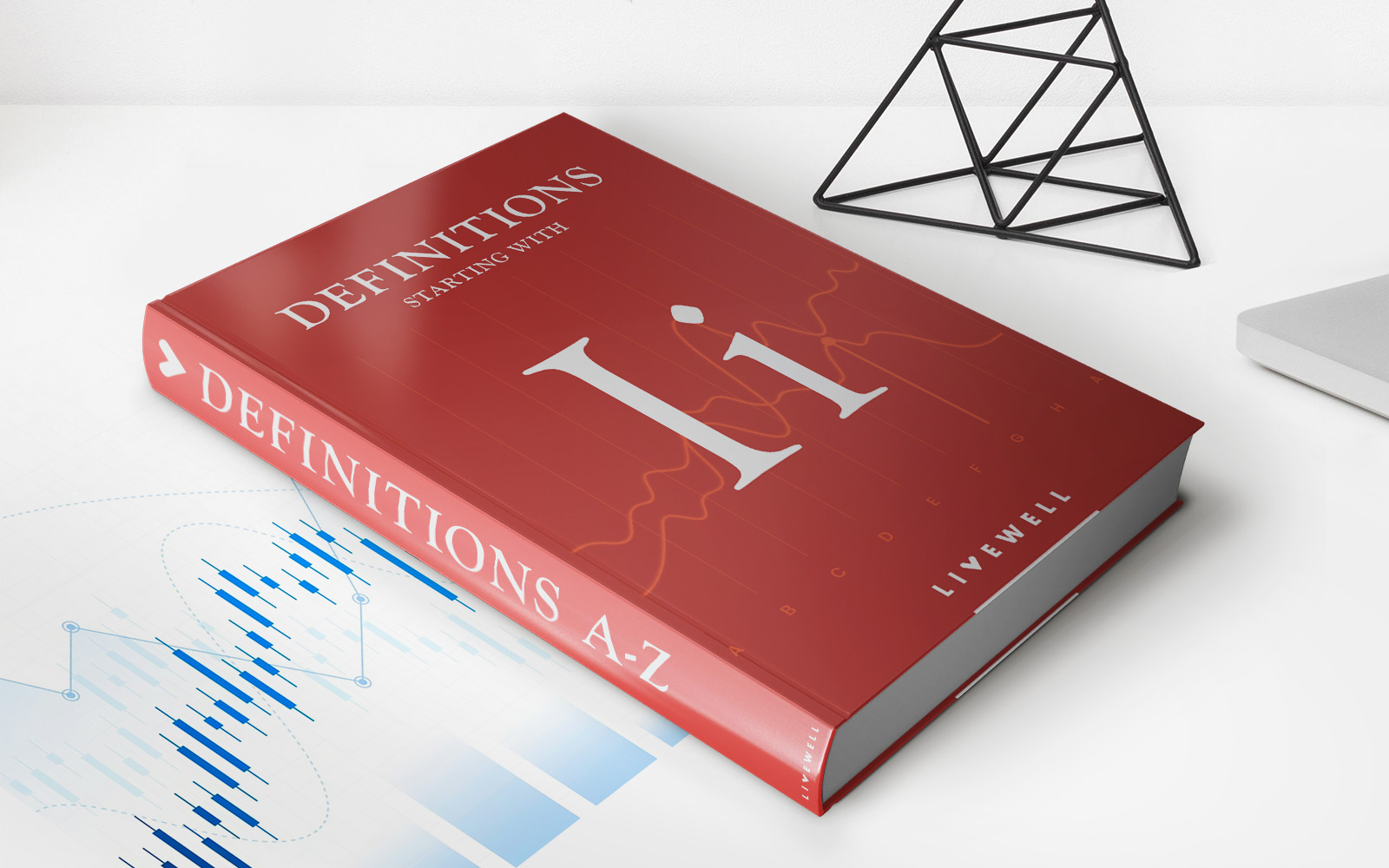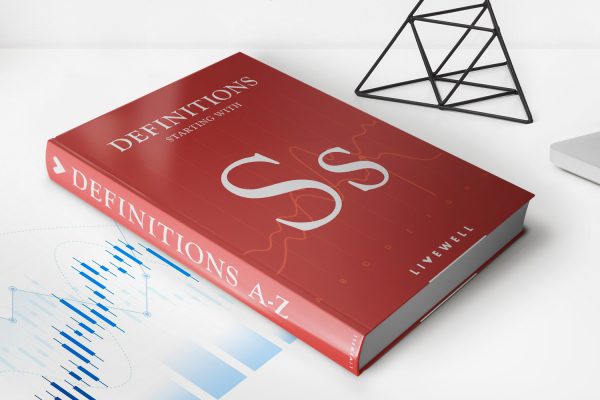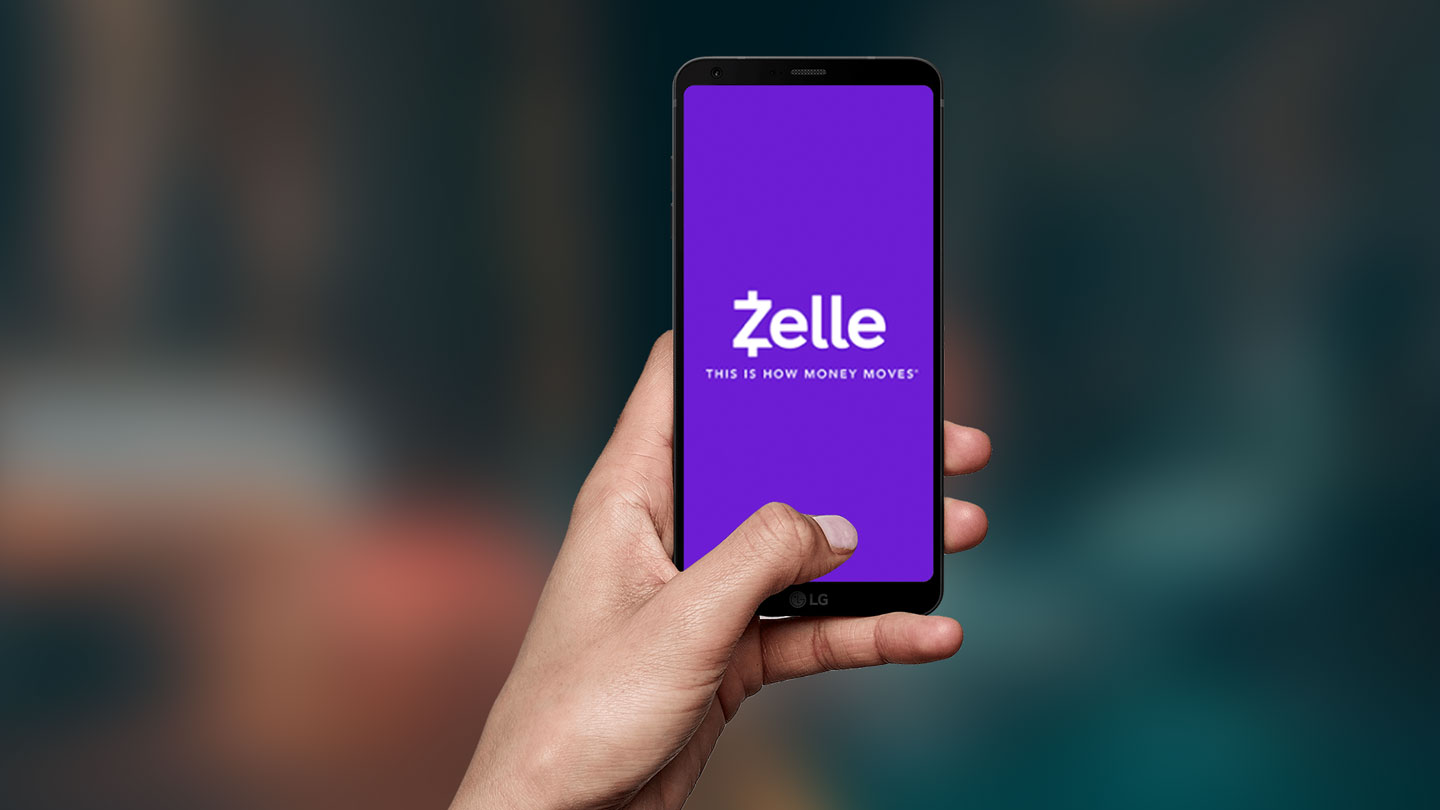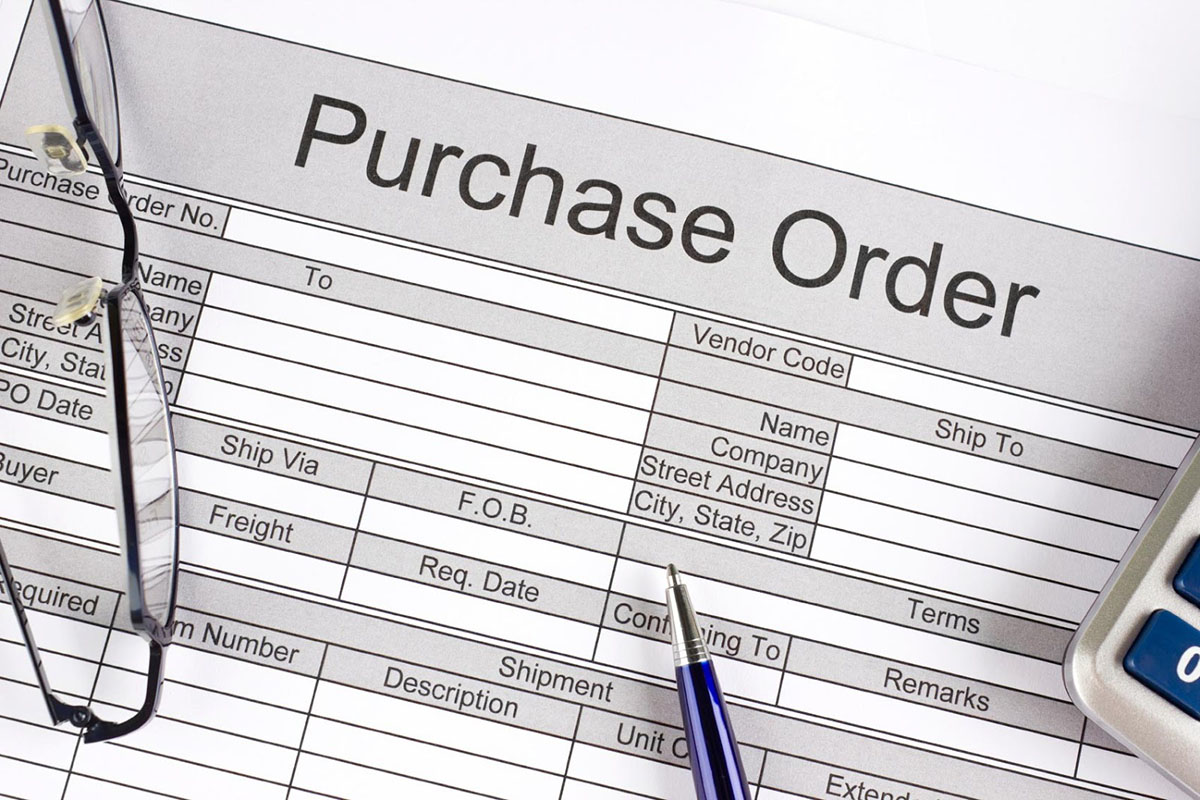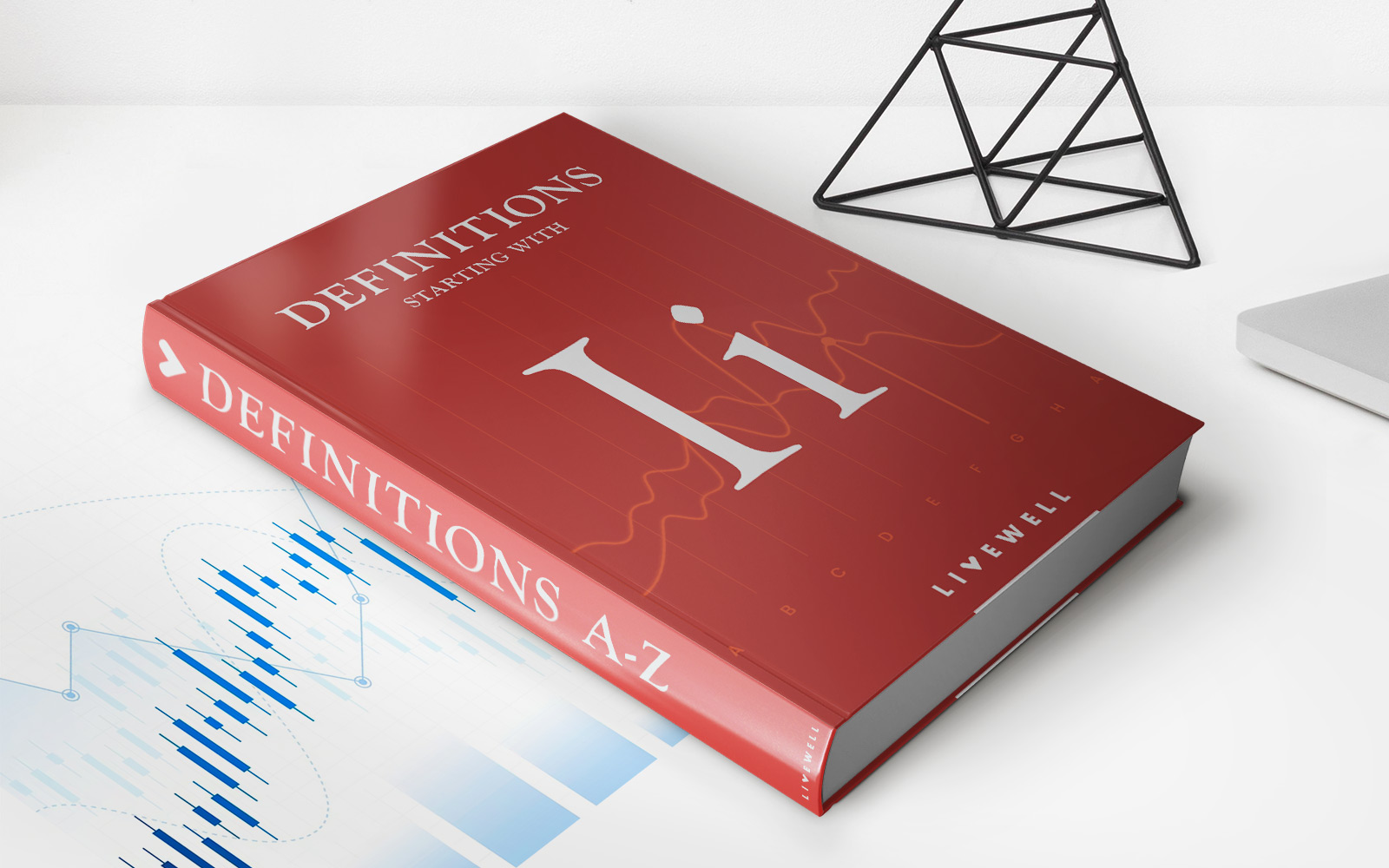Home>Finance>Private Good: Definition, Examples, Vs. Public Good
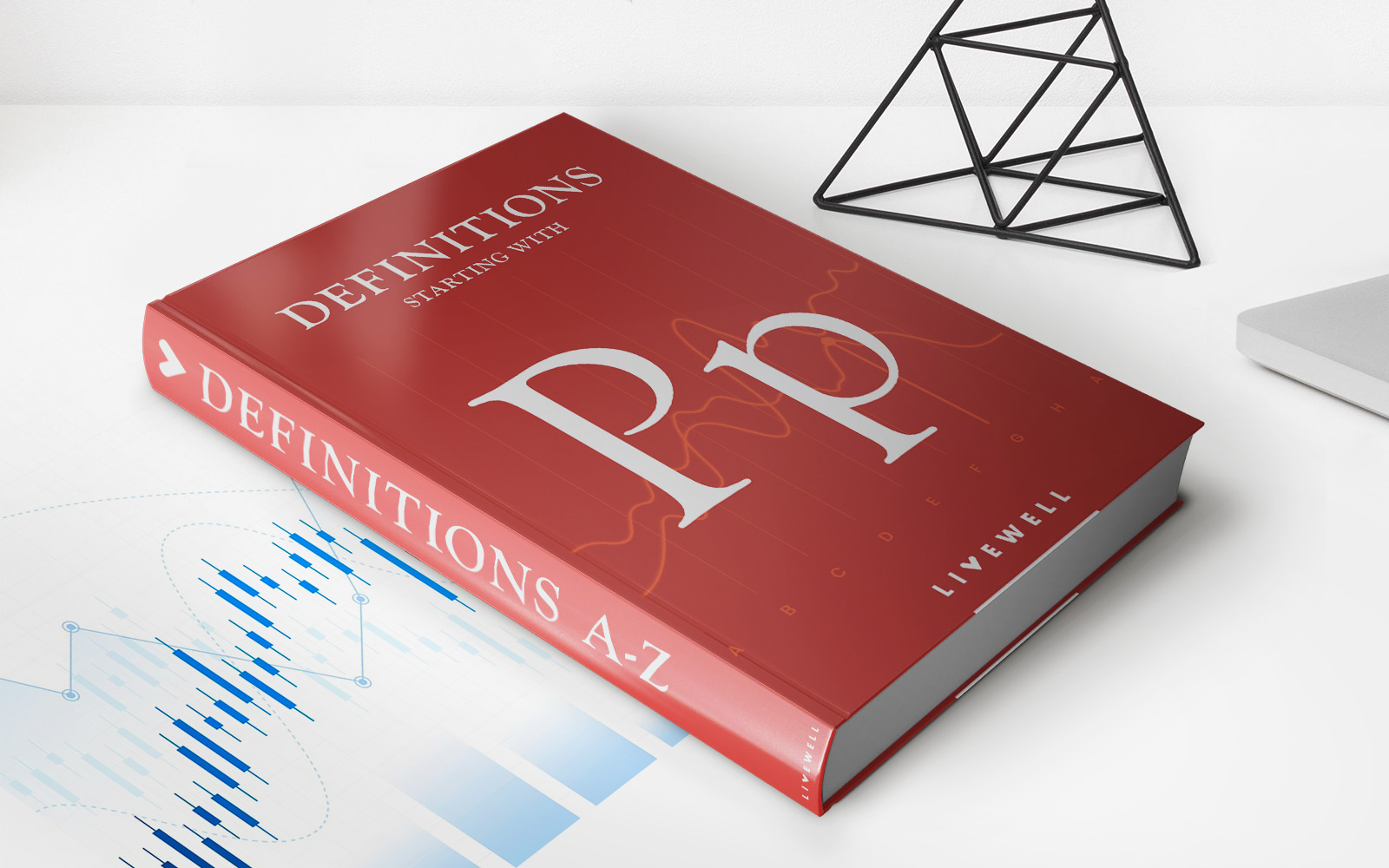

Finance
Private Good: Definition, Examples, Vs. Public Good
Published: January 11, 2024
Learn the definition and examples of private goods and understand their distinctions from public goods in the field of finance.
(Many of the links in this article redirect to a specific reviewed product. Your purchase of these products through affiliate links helps to generate commission for LiveWell, at no extra cost. Learn more)
Private Good: Definition, Examples, Vs. Public Good
When it comes to understanding the different types of goods, the terms “private good” and “public good” are frequently used. But what exactly do these terms mean, and how do they differ from each other?
In this blog post, we will provide a thorough explanation of private goods, including their definition, examples, and their distinguishing features in comparison to public goods. By the end, you’ll have a clear understanding of what private goods are and how they differ from public goods in the realm of finance.
Key Takeaways:
- Private goods are excludable and rivalrous, meaning owners can prevent others from using them, and their use diminishes its availability for others.
- Examples of private goods include clothing, houses, and cars, as their ownership can be exclusive and their use is limited.
Defining Private Goods
Private goods are goods that are both excludable and rivalrous. In simpler terms, they are products or services that are owned and used by individuals or businesses in a way that limits their availability to others.
In other words, private goods can be consumed exclusively by the person or entity that owns them. Their consumption reduces the availability of the good for others, creating rivalry. Additionally, owners can restrict access to their goods, making them excludable to those who do not have ownership.
Examples of Private Goods
Now that we understand the definition of private goods, let’s explore some examples to further illustrate this concept:
- Clothing: When you purchase a pair of jeans or a t-shirt, you become the exclusive owner of that item. Others cannot wear your clothes without your permission, making clothing a private good.
- Houses: A house is a classic example of a private good. Once a house is purchased, it becomes the exclusive property of the owner. They have the right to determine who can enter or use the property.
- Cars: Similar to houses, cars are also private goods. When you buy a car, only you have the right to use it, and you can prevent others from using it without your permission.
Private Goods Vs. Public Goods
Now that we have a clear understanding of private goods, let’s highlight how they differ from public goods.
Private goods are characterized by their excludability and rivalry, whereas public goods have the opposite characteristics. Public goods are non-excludable, meaning it is difficult or impossible to exclude individuals from using them. Additionally, public goods are non-rivalrous, meaning their consumption by one individual does not diminish their availability for others.
Some key differences between private goods and public goods include:
- Ownership and Access: Private goods are owned by individuals or businesses who can restrict access to them. In contrast, public goods are typically owned and provided by the government or public organizations, and access is generally available to all.
- Availability: Private goods are limited in availability due to their excludability and rivalry, while public goods are provided without restrictions and are available to everyone.
- Use and Cost: Private goods are consumed exclusively by the owner and may come at a cost. Public goods, on the other hand, can be used by multiple individuals simultaneously without diminishing availability, and their provision is often financed through taxes or government funding.
In conclusion, private goods are tangible or intangible products or services that can be owned and used exclusively by individuals or businesses. Their availability is limited to the owners, and access can be restricted. Understanding the distinction between private goods and public goods is essential in navigating the complex world of finance and consumer choices.
For further inquiries or information, please feel free to contact us. Happy learning!
